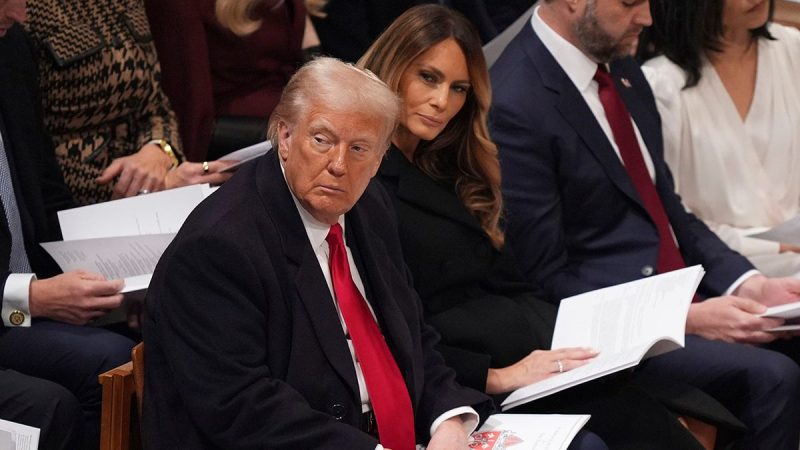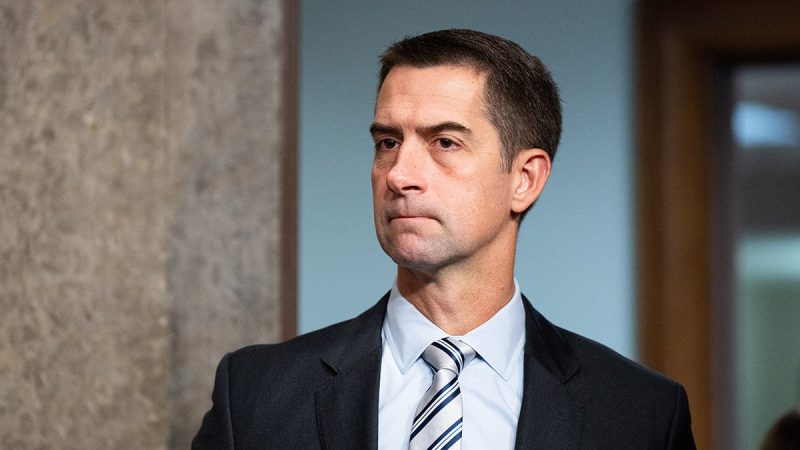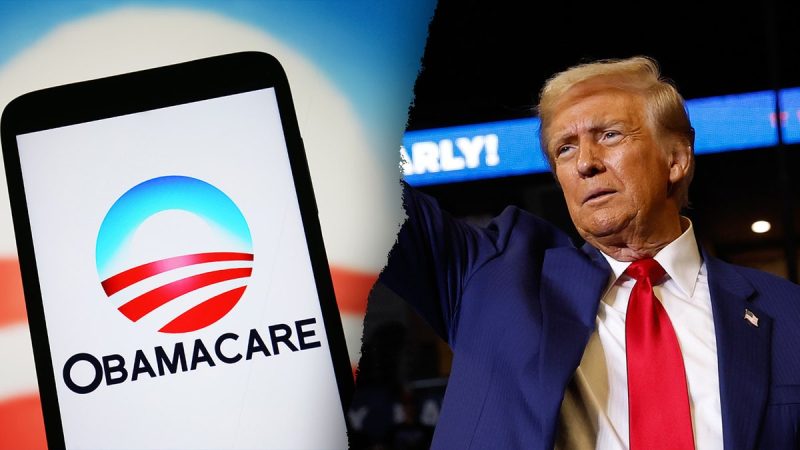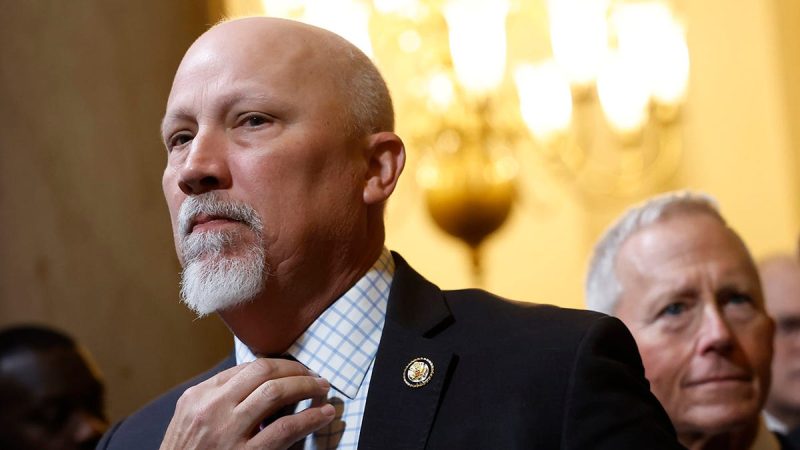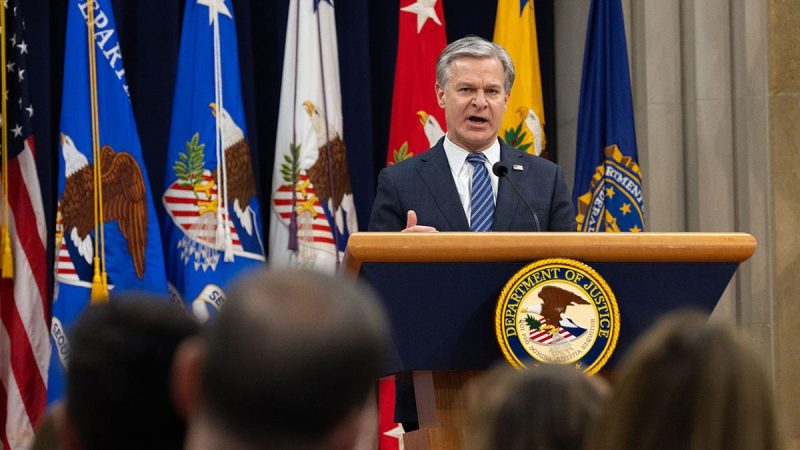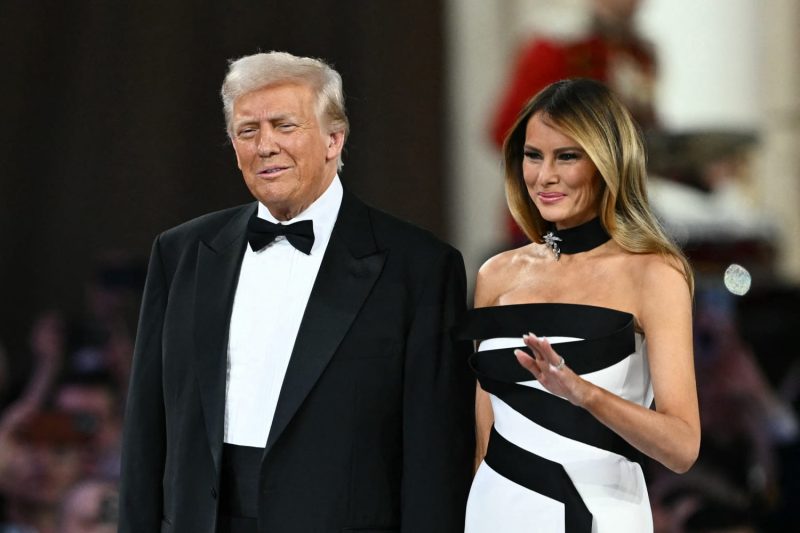
The creation of billions of dollars of digital wealth for the Trump Organization started with a social media post Friday.
At 9:44 p.m. ET, the then-president-elect announced the creation of a new digital token: $TRUMP.
“My NEW Official Trump Meme is HERE! It’s time to celebrate everything we stand for: WINNING!” Donald Trump’s X account posted. “Join my very special Trump Community. GET YOUR $TRUMP NOW. Go to http://gettrumpmemes.com — Have Fun!”
The announcement came with little fanfare. But what would ensue in the coming days — including wild price swings and Melania Trump’s own digital token — would roil the crypto community, including some Trump supporters, just as he was set to return to the Oval Office.
The $TRUMP and $MELANIA tokens, as they’re referred to on social media, belong to the crypto category known as memecoins — digital assets that use blockchain technology similar to bitcoin.
Because there is no asset like underlying cash flows backing memecoins like $TRUMP and $MELANIA, anyone who owns them will only make money if they sell them at a higher price than at which they bought them.
That includes the coin creators — and Trump and his family — themselves.
Though long a part of the crypto universe, memecoins have in recent months enjoyed a resurgence after Trump emerged victorious in November and promised to embrace blockchain technology and crypto markets.
In the case of $TRUMP and $MELANIA, the coins were launched on Solana, a blockchain that collects fees to process transactions and is known for faster throughput, meaning it is less prone to seizing up when transaction volumes are high. It is not clear who knew about their launch before it occurred aside from the coins’ developers and the Trump Organization.
The slew of recent memecoin launches have triggered fresh skepticism and warnings about scams due to the freewheeling nature of memecoins. Because they are not formal investment vehicles, they are almost entirely unregulated, and anybody can start one under any name at any time, often for free. Platforms like CoinMarketCap that track digital tokens showed dozens of duplicate TRUMP coins.
Bloomberg News summarized memecoin sales as “the crystallization of ‘greater fool’ investing, of an asset that’s only worth what someone else is willing to pay for it at a given moment in time.”
“I’m not sure people quite grasp how much of the crypto world is reacting to the Trump memecoin launches,” Molly White, a software engineer and cryptocurrency chronicler, posted on X alongside screenshots from reactions that ranged from frustration to anger.
White later told NBC News that the launch of the coins seemed to dash hopes from some that Trump would help further legitimize the crypto industry.
“There’s now a fear that people who are not super familiar with this industry will see it as a cash grab and not see all the good uses of crypto that exist,” she said. “They worry this will give crypto a bad name.”
Part of that frustration centered on Trump’s recent emergence as a champion for all things crypto. During his 2024 presidential campaign, Trump made clear his support for crypto, speaking at the annual Bitcoin Conference and pledging to consider creating a “strategic bitcoin reserve” that would see the U.S. purchase billions’ worth of the cryptocurrency in a bid to encourage price support and adoption. Trump has also launched a line of NFTs, and his family launched a crypto banking platform last year.
And Trump’s memecoin looked poised to be a major success, at least at first. The price of $TRUMP took off almost immediately, and by Saturday morning a single coin was trading at $75 — a 650% rise, at least, from its Friday launch price. Crypto enthusiasts who track transactions — many blockchains, including the one used by $TRUMP, are public-facing — reported some holders who had bought in early holding millions of dollars’ worth of the token.
A Trump transition team spokesperson did not immediately respond to a request for comment.
The $TRUMP surge suddenly reversed when another coin came on the scene — from Trump’s own spouse.
On Sunday afternoon, Melania Trump’s X account posted that her $MELANIA memecoin was live. Donald Trump’s X account reposted that message.
The price of $TRUMP immediately plunged upon $MELANIA’s appearance, with some suggesting demand for one would eat into interest in the other.
“$MELANIA coin is being viewed as a competitor against $TRUMP coin,” market commentary group The Kobeissi Letter wrote on X. “This has resulted in a sharp drop in demand for $TRUMP.”
Later Sunday, a $BARRON coin also started to trade, further adding to the market concerns. However, $BARRON’s connection, if any, to Trump’s youngest son, Barron, or the Trump family was not clear. No official Trump social media accounts have posted about it.
As the price of $TRUMP began falling, backlash ensued.
“Dear @realDonaldTrump : Please fire whoever recommended going forward with the Melania launch today,” Ryan Selkis, a longtime crypto advocate and political conservative, wrote on X on Sunday as the price of $TRUMP began to fall. “1. They don’t know what they’re doing. 2. They cost you a lot of $ and goodwill. 3. They don’t have your interests in mind.”
By Tuesday, the price of $TRUMP had not recovered from the decline. Still, shortly after Trump’s swearing-in, the combined holdings among the Trump- and Melania-related corporations that launched the coins were worth tens of billions, at least on paper, according to crypto news website CoinDesk — and possibly worth more.
Because all holders’ wallets, including those of Trump and the coin’s creators, are visible on the blockchain, any transactions they’re involved in will be closely watched. And a large sell-off from those wallets would likely trigger a major price fall, according to Ari Redbord, head of legal and government affairs at TRM Labs, a firm that monitors crypto projects.
But Redbord said Trump’s celebrity adds a factor that’s worth watching.
“Obviously Trump, because of who he is, elevates a memecoin launch like nothing we’ve ever seen before,” he said.
Trump has released a voluntary ethics document designed to limit private financial interests from shaping his official policy agenda.
But the president’s involvement in the crypto project also raises questions over potential use by illicit actors or foreign governments, Redbord said.
Consumers need to realize that there are “far fewer” protections with memecoins than traditional stocks, he said.
“It’s highly volatile,’ Redbord added, saying ‘consumers really need to understand what they’re investing in, because you’re going to lose big and you could potentially win big.”
Mark Cuban, a technology investor and ardent Trump critic who has also been involved in crypto, warned on X that the Trumps’ direct foray into the industry would usher in a new era of fraudulent activity, with unsavvy investors the victims.
“Hello every scam targeted at everyone and anyone who has no clue about crypto,” Cuban said on X on Monday about the coins. “Good bye whatever hope the crypto industry had of legitimizing itself.”
This post appeared first on NBC NEWS
